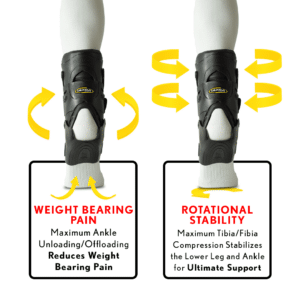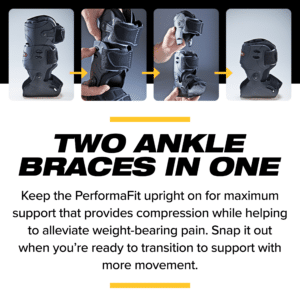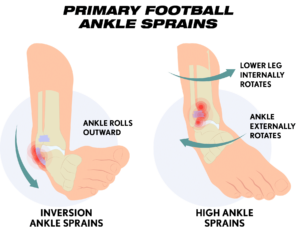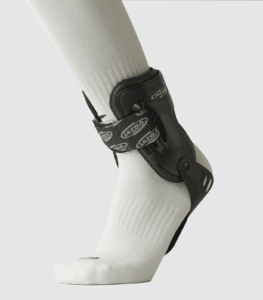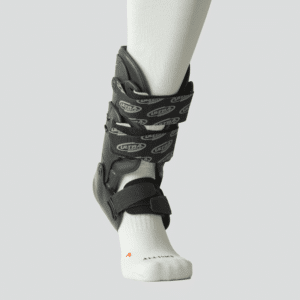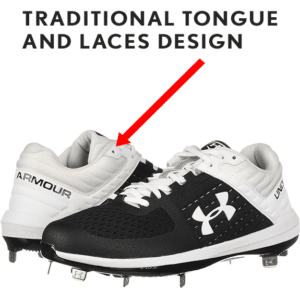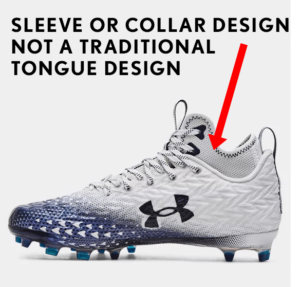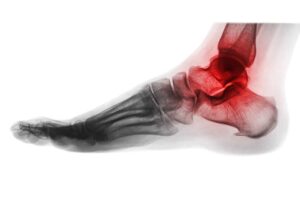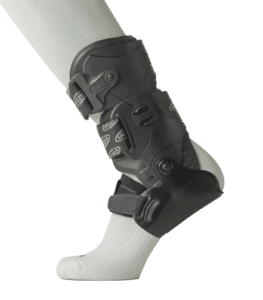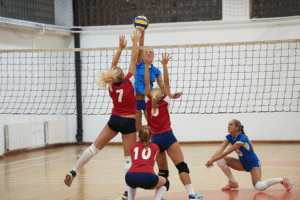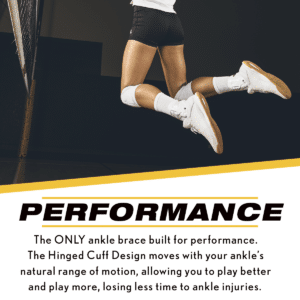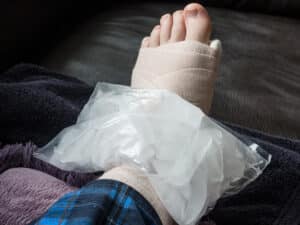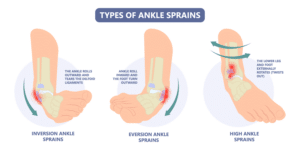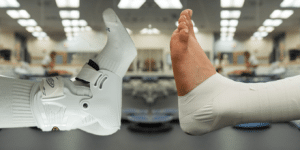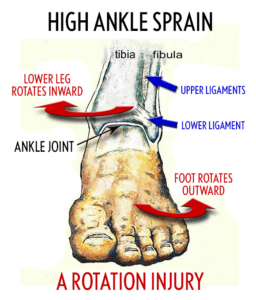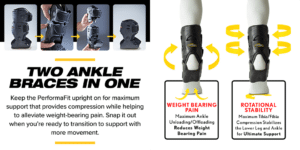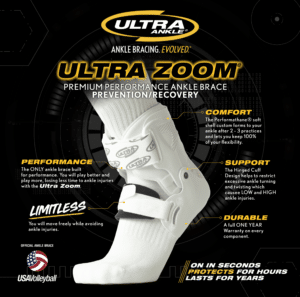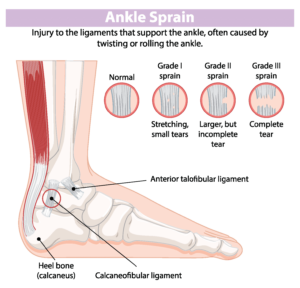Wearing an ankle brace can be essential for preventing injuries and providing support during recovery from an ankle injury. However, finding the right shoes to accommodate your brace can be challenging. Not all shoes are created equal when it comes to fitting ankle braces comfortably and securely. This guide will help you understand which types of shoes work best with ankle braces and why.
Understanding the Compatibility of Shoes and Ankle Braces
While ankle braces fit comfortably in most traditional athletic shoes or sneakers with a tongue and laces, there are some shoes that don’t work well with braces. If you purchase an ankle brace and can’t fit it inside your shoe, or it’s uncomfortable while you’re wearing it with your shoes, it may be due to the design or style of the shoe and not the ankle brace. For that reason, it’s a good idea to know upfront which shoes you should avoid when wearing your ankle braces.
Best Shoe Designs for Ankle Braces
Traditional Tongue and Laces Design
The style of sneaker that works best with ankle braces has a traditional tongue and laces design so you can spread out the opening of the shoe and easily insert the ankle brace. Low-top athletic shoes work best with ankle braces because they don’t apply undue pressure over your ankle bones like a mid- or high-top shoe will.
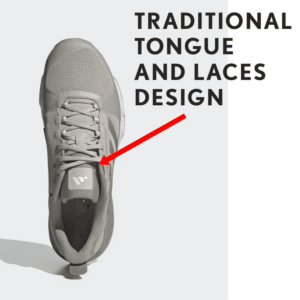
Avoid Modern Collar or Sleeve Designs
Athletic shoe styles are changing all the time. In recent years, athletic shoe companies have been introducing sneakers that deviate from the traditional shoe design. Rather than having a traditional tongue and laces, this new style of shoe has a collar or sleeve design that makes it almost impossible to fit an ankle brace in the shoe. These shoes typically are of the mid- or high-top design and are hardest to fit an ankle brace inside.
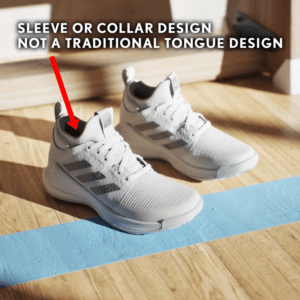
Finding the Right Fit for Different Shoe Types
Lace-Up Ankle Braces
For those without a traditional tongue and laces design, a smaller shoe size, or a high-top shoe, a lace-up ankle brace will most likely be the best option for you. The Ultra 360® locks your ankle in place while the figure-8 straps provide 360º of ankle support to help prevent excessive ankle rolling. The multi-adjustable design allows you to customize your level of support.
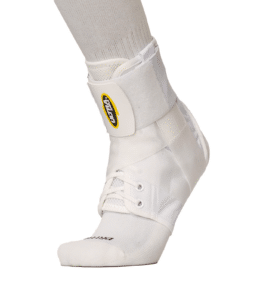
Hinged Ankle Braces
We have found that our customers with traditional tongue and laces shoes can wear a hinged ankle brace if their foot size is above a women’s size 9 or a men’s size 7. Shoes of these sizes or larger have enough room to comfortably fit both the foot and ankle brace inside. Customers do not need to “size up” on shoes to wear hinged ankle braces. Ultra Ankle® offers three different hinged ankle braces. The Ultra Zoom®, the Ultra High-5®, and the Ultra CTS®. Each offers different product features for different ankle conditions. To compare and contrast, visit our Compare All Braces page.
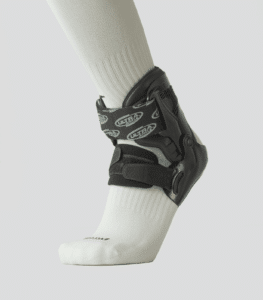
Considerations for Athletes
Selecting the Right Athletic Shoes
If you’re an athlete who is planning to wear an ankle brace and you want it to fit in the shoe properly and be comfortable to wear for long periods of time, stick with a traditional, low-top sneaker designed for the sport you play.
The Myth of High-Top Shoes
No high-top shoe is going to prevent an injury in sports that have a higher risk of ankle sprains (such as basketball or volleyball) where the mechanism of injury is coming down from a jump and landing on an opposing player’s foot at a high velocity. The only things that can help prevent ankle injuries are stronger muscles, ligaments, and tendons in the ankle, and/or, and sturdy ankle brace (FCSF)(Lems). Therefore, we recommend wearing a low top athletic shoe with a high performance ankle brace, like the Ultra Zoom, which is designed to help prevent ankle injuries or lessen the severity should an injury occur. The Ultra Zoom will fit easily in a traditional low top sneaker and provide a comfortable fit all season long.
Modern High-Tops and Ankle Support
Conventional wisdom is that high-top athletic shoes or tall work boots can support the ankle more effectively than low tops primarily because the high-top shoe is higher and therefore has more leverage to grab the ankle and hold it in place. However, today’s high-top sneakers are not your parent’s high-tops. These new high-top designs use flexible and stretchable materials with the goal of being comfortable to wear for long periods of time. And if the material stretches, it’s probably not going to provide much in the way of ankle support. While high-top shoes are advertised to provide additional ankle support, the truth is that no shoe can support the joint and help prevent ankle injuries like an ankle brace can.
Tall Work Boots and Ankle Braces
Challenges with Tall Work Boots
Let’s say you are a construction worker and you suffer from ankle osteoarthritis, so you like to wear a sturdy work boot to help stabilize your ankle. Let’s say recently your ankle started hurting on the job site and you’re thinking about getting an ankle brace for additional support.
Two things happen when you try to wear an ankle brace in a tall work boot:
- The ankle brace is very difficult to fit inside your tall work boot.
- If you get the brace to fit in the boot it may not be very comfortable. This happens after you lace up the boot, which pushes the sides of the brace against the ankle bones, potentially causing pain and irritation.
Low-Top Work Shoes
In general, we recommend a low-top work shoe where you can spread out the laces enough to easily fit the brace in the shoe. Since the sides of the shoe are below the joint, there is no potential for irritation over your ankle bones. A low-top work shoe combined with a good professional ankle brace can provide more ankle support than a tall work boot worn by itself by far.
For those looking for an ankle brace that will fit in a high-top work boot, the Ultra 360 Lace-up will be your best option. This flexible, fabric brace fits in almost any shoe – providing extra support and compression to help protect your ankle.
Conclusion
Choosing the right shoes to wear with your ankle brace is crucial for comfort and effectiveness. Stick with traditional tongue and lace designs, preferably low-tops, and avoid modern sleeve-style shoes that complicate fitting. For athletes, low-top athletic shoes paired with a high-performance ankle brace provide the best support. In work environments, opt for low-top work shoes over tall boots to ensure a comfortable and supportive fit.
If you have questions about which ankle brace would fit best inside your athletic shoes or work boots, you can send one of our athletic trainers a message or call us directly at (317) 520-9898.
